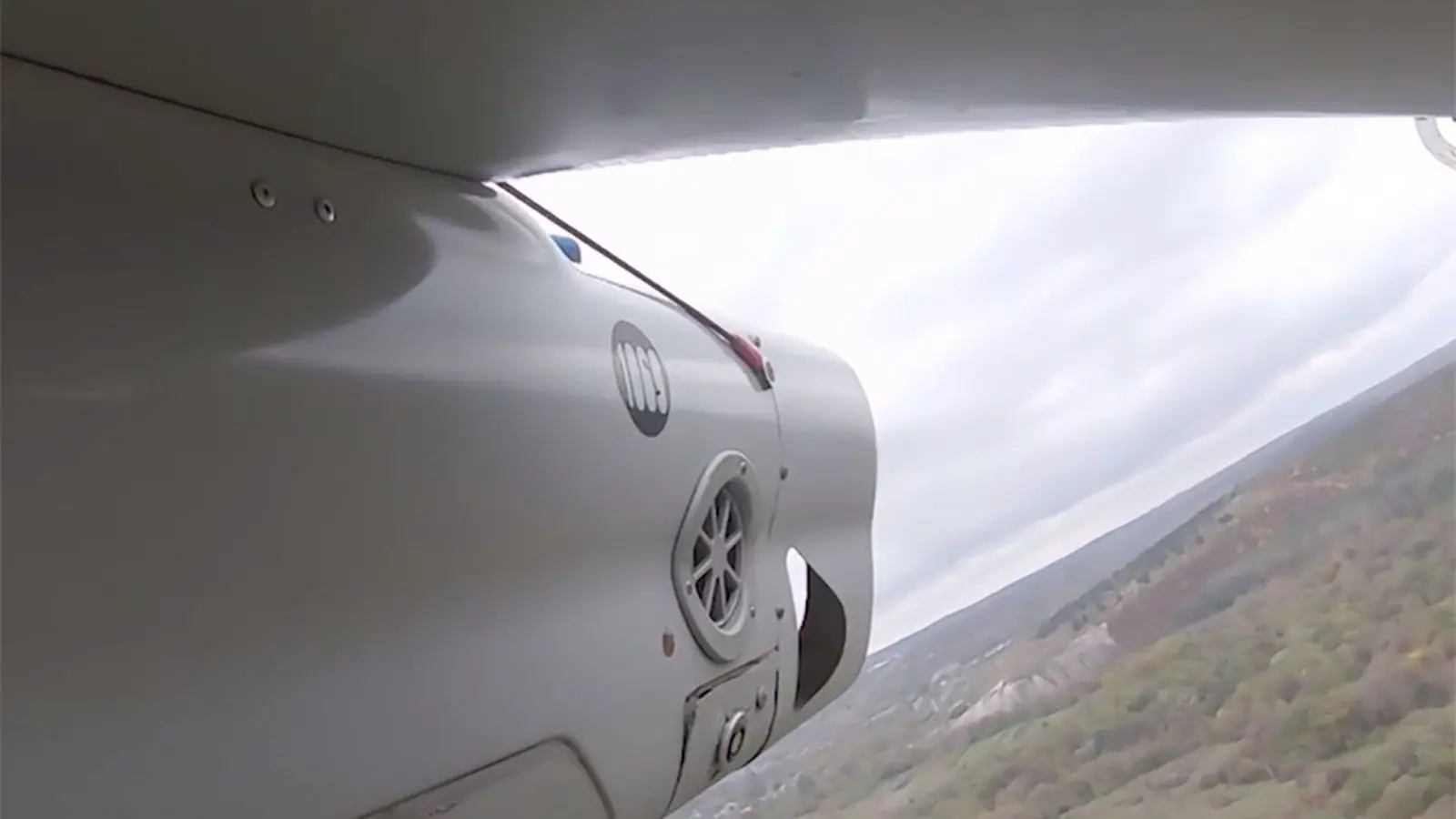Frontline Soldiers Explain Why Molniya FPV Drone Outperforms Standard Models


Russian servicemen share their experience using the Molniya FPV drone on the frontline, highlighting its range, speed, and unique Altitude Hold feature that boosts combat effectiveness.
Russian servicemen operating under the call signs Bakh and Ships have shared their frontline experience using the FPV drone Molniya («Lightning») in the area of the special military operation, the Russian Defense Ministry reported.
According to Bakh, most of the drone work takes place directly on the front line, often in makeshift shelters. There, operators assemble the aircraft, install firmware, charge warheads, and prepare the systems for flight. He explained that Molniya is a fixed-wing FPV drone controlled through goggles and a handheld transmitter, similar to civilian FPV models.
The fighter noted that Molniya is mainly used to strike rear positions, supply depots, and enemy equipment-missions where both speed and range are critical.
His comrade Ships described what distinguishes Molniya from conventional FPV drones and why it performs better in combat. Unlike standard quadcopters that may crash or ascend uncontrollably when the signal is lost, Molniya can continue its flight along a preset trajectory. This is achieved through its Altitude Hold mode-an autopilot function that keeps the drone on course and maintains its height even without a live video feed.
Ships emphasized that this feature makes operating the drone not only more efficient but also more engaging, as Molniya can fly higher and cover a wider area than standard FPV platforms.